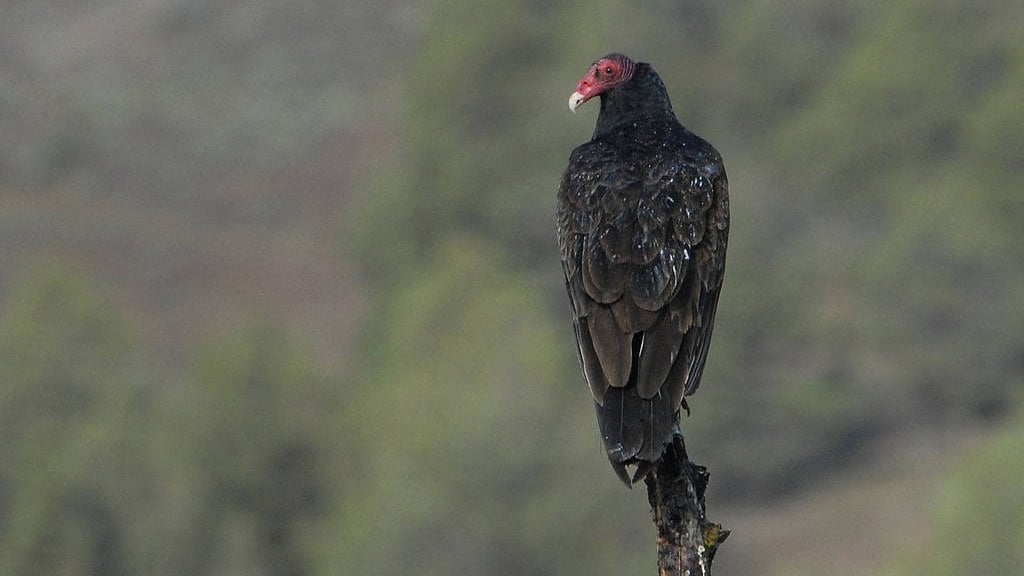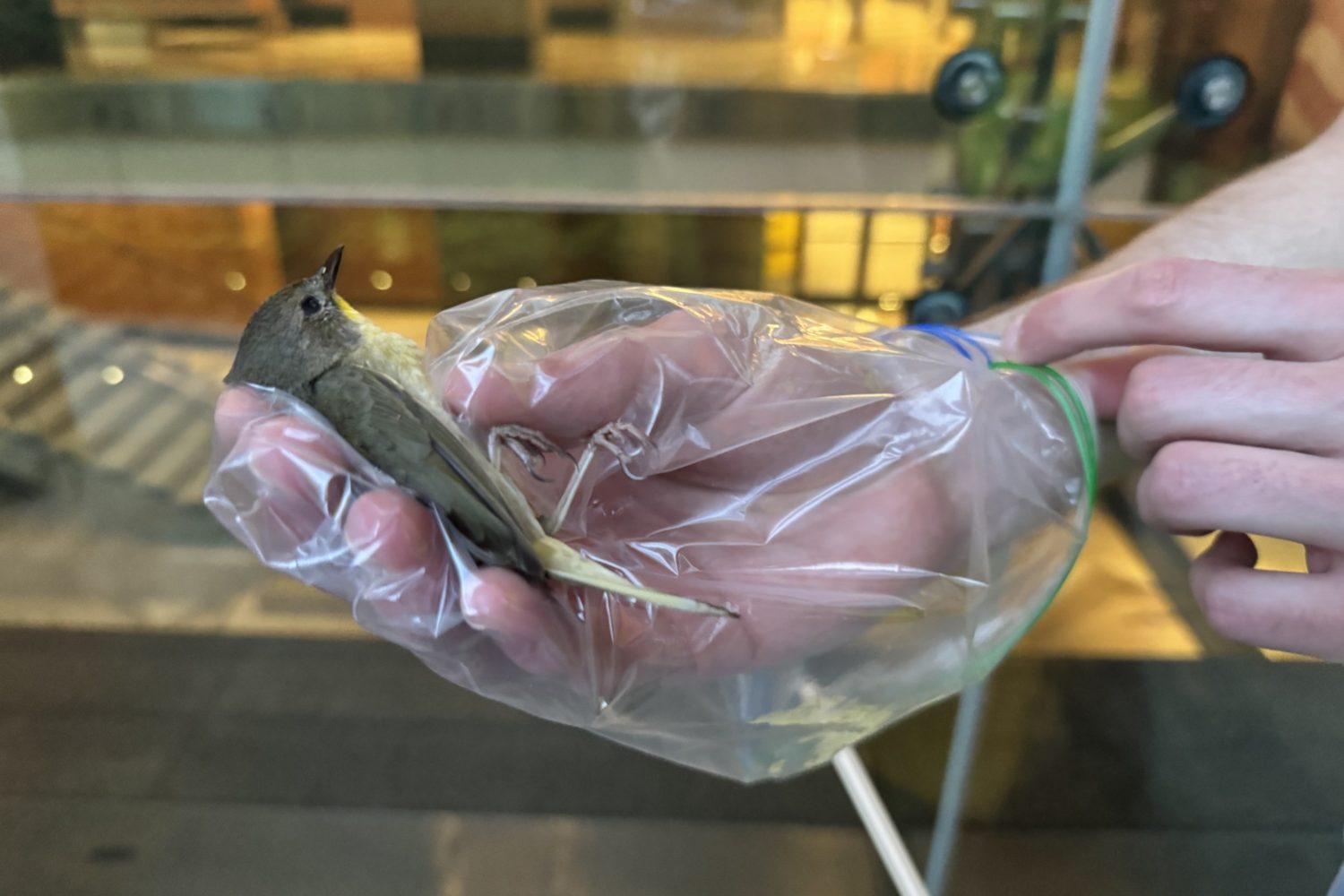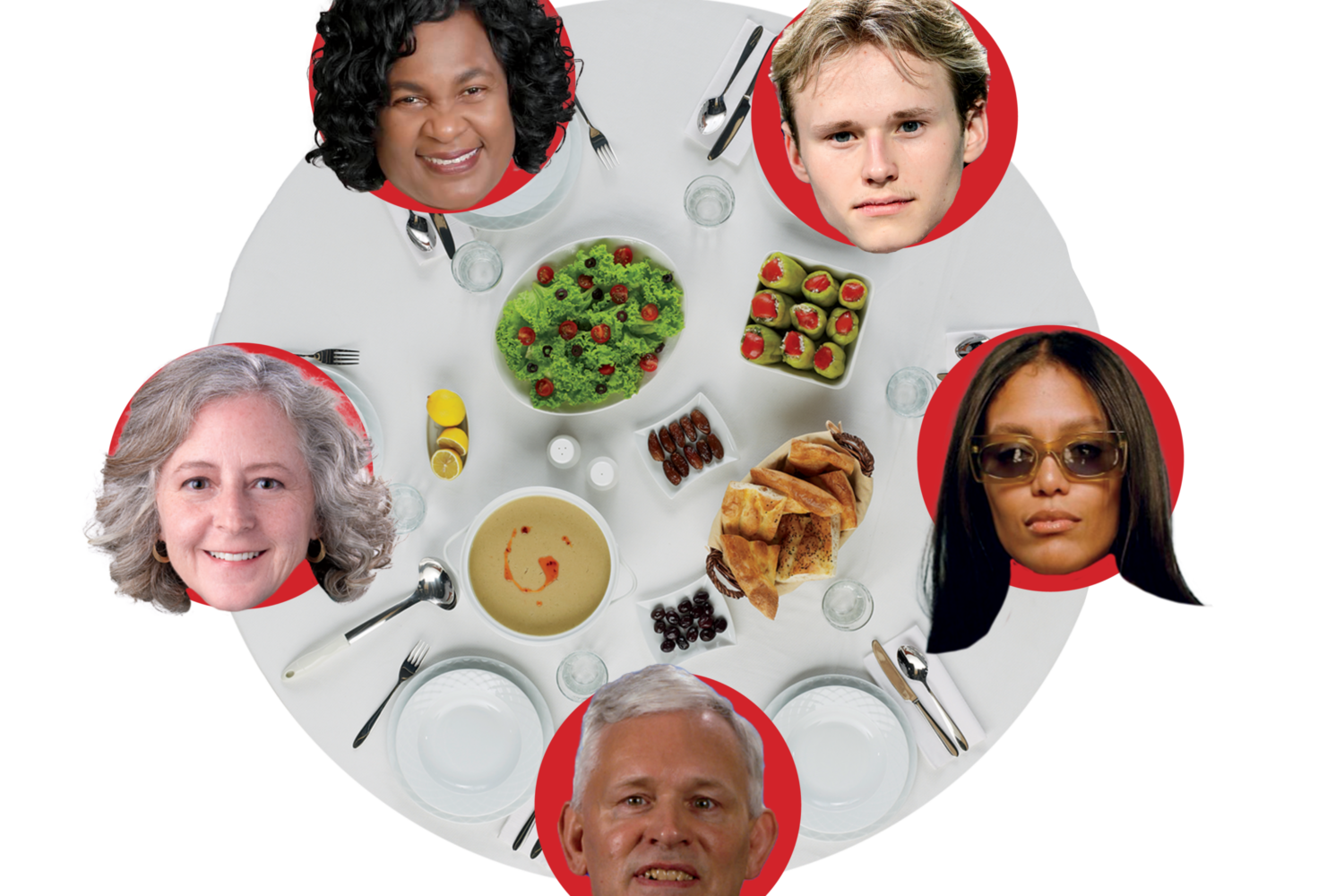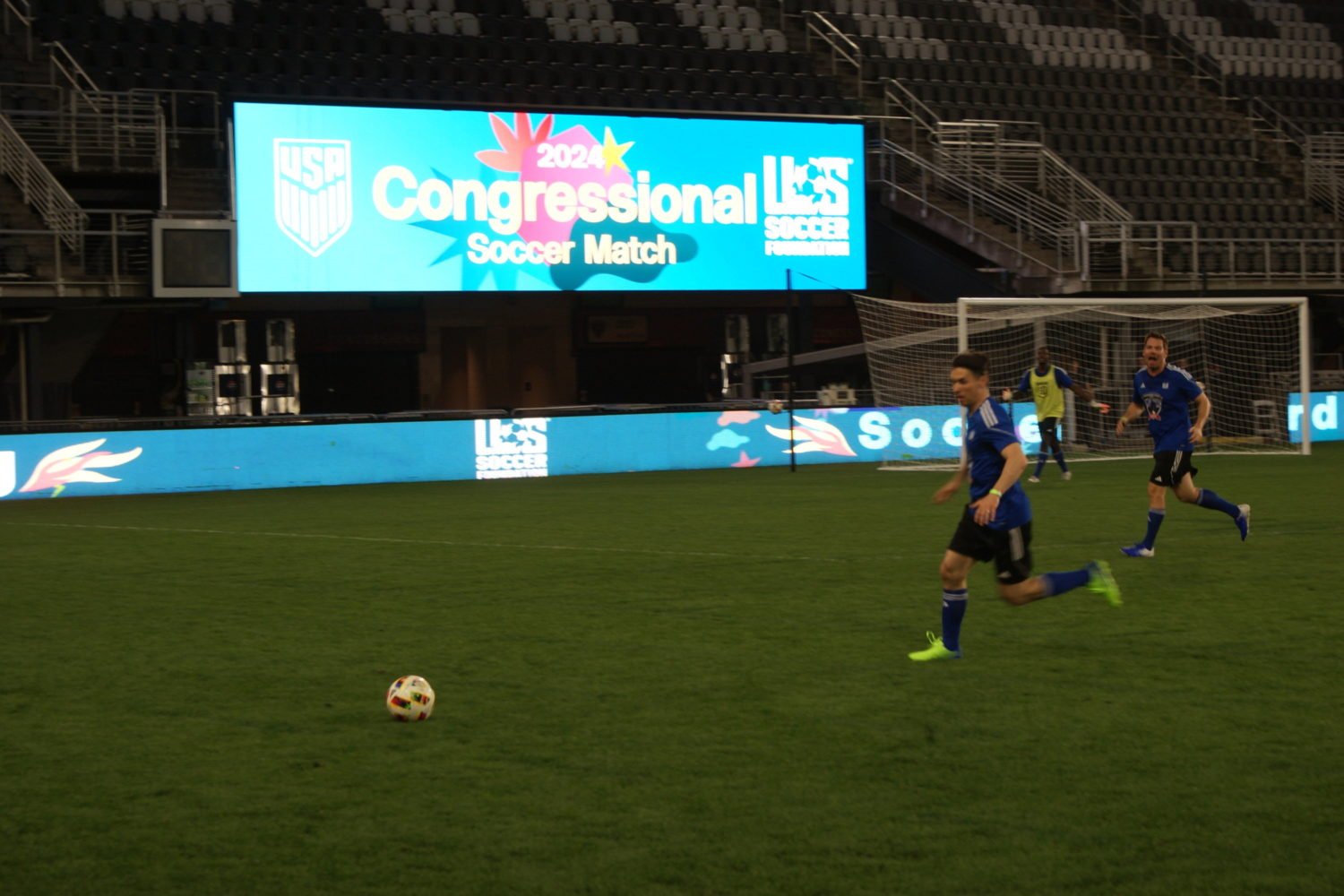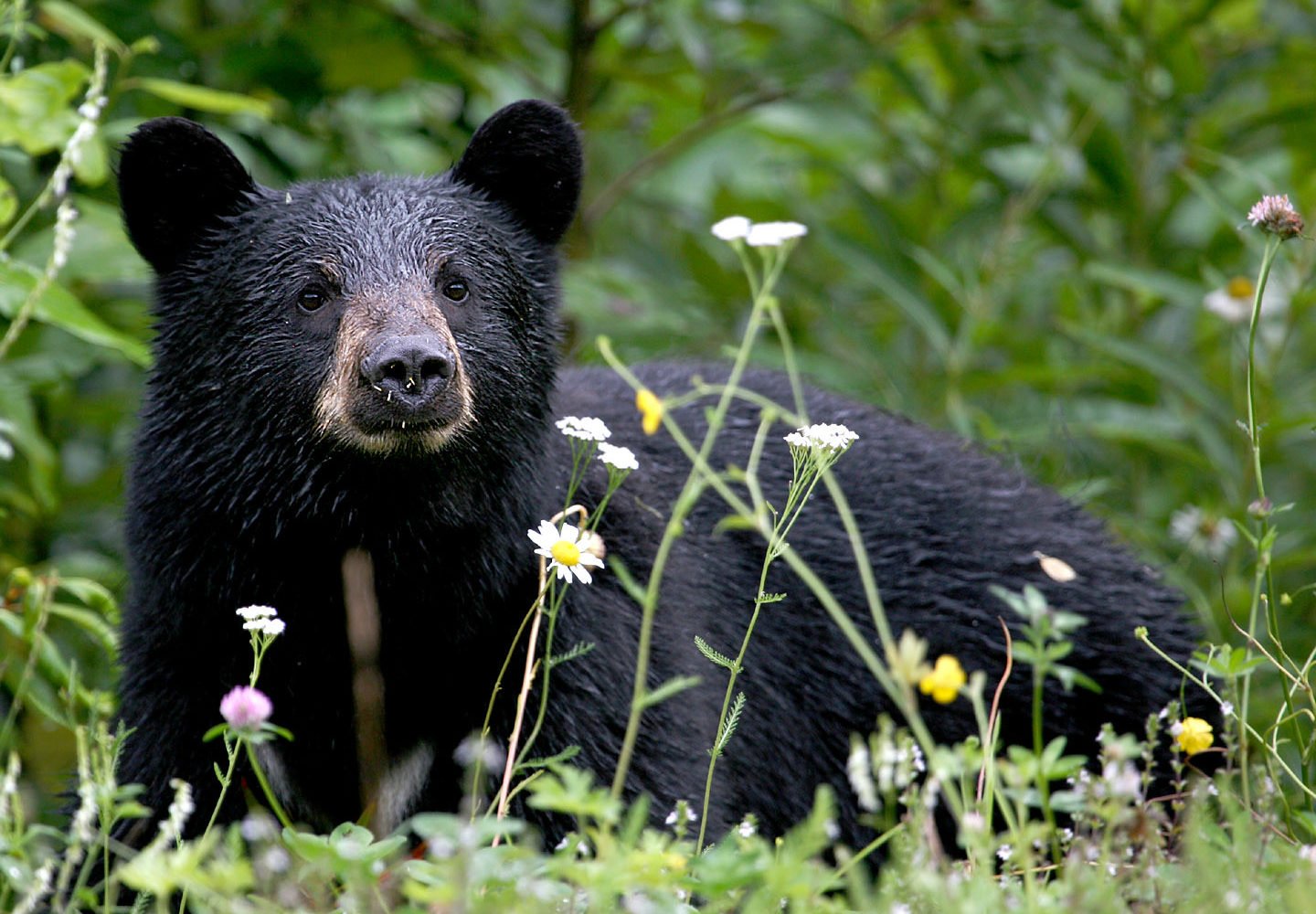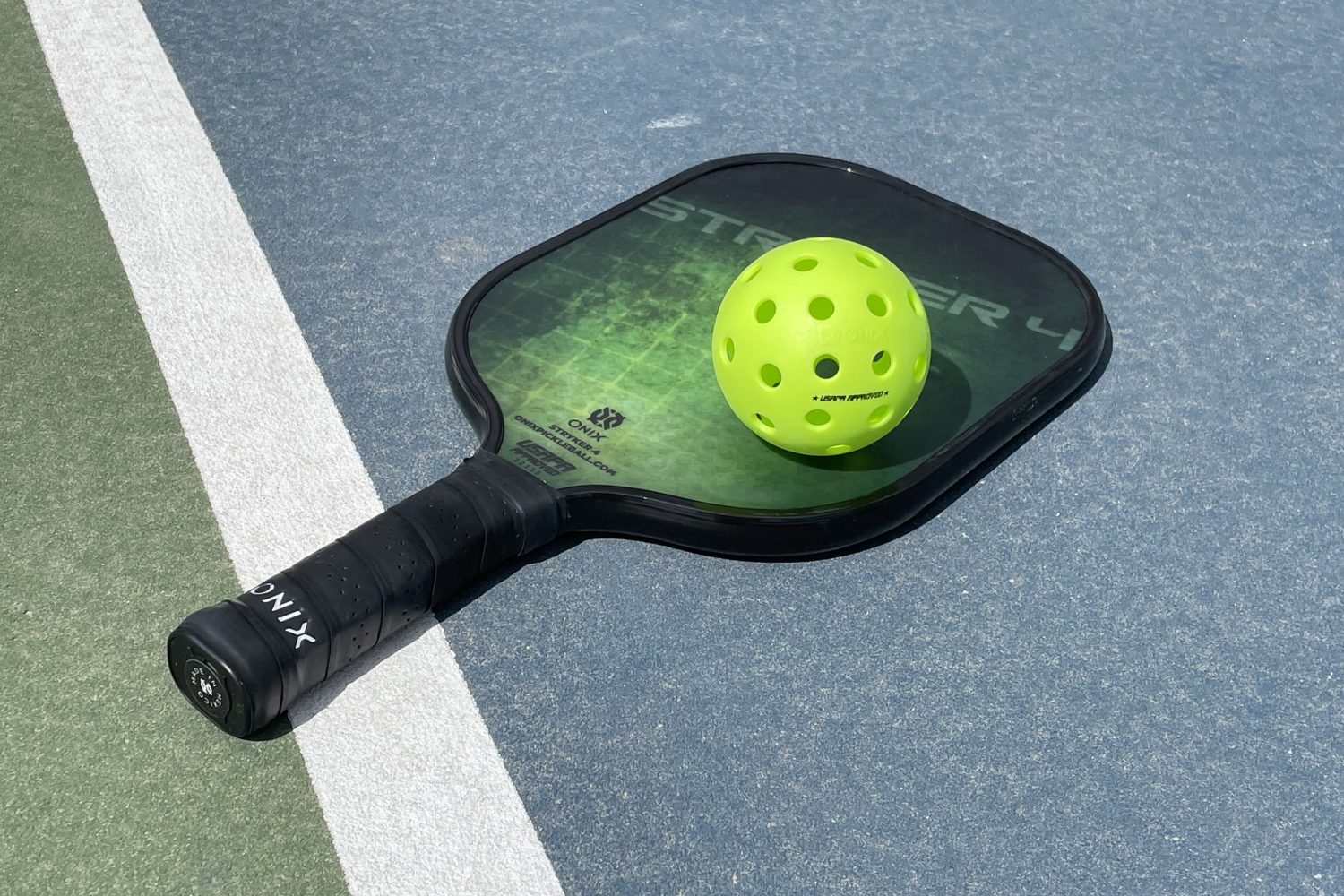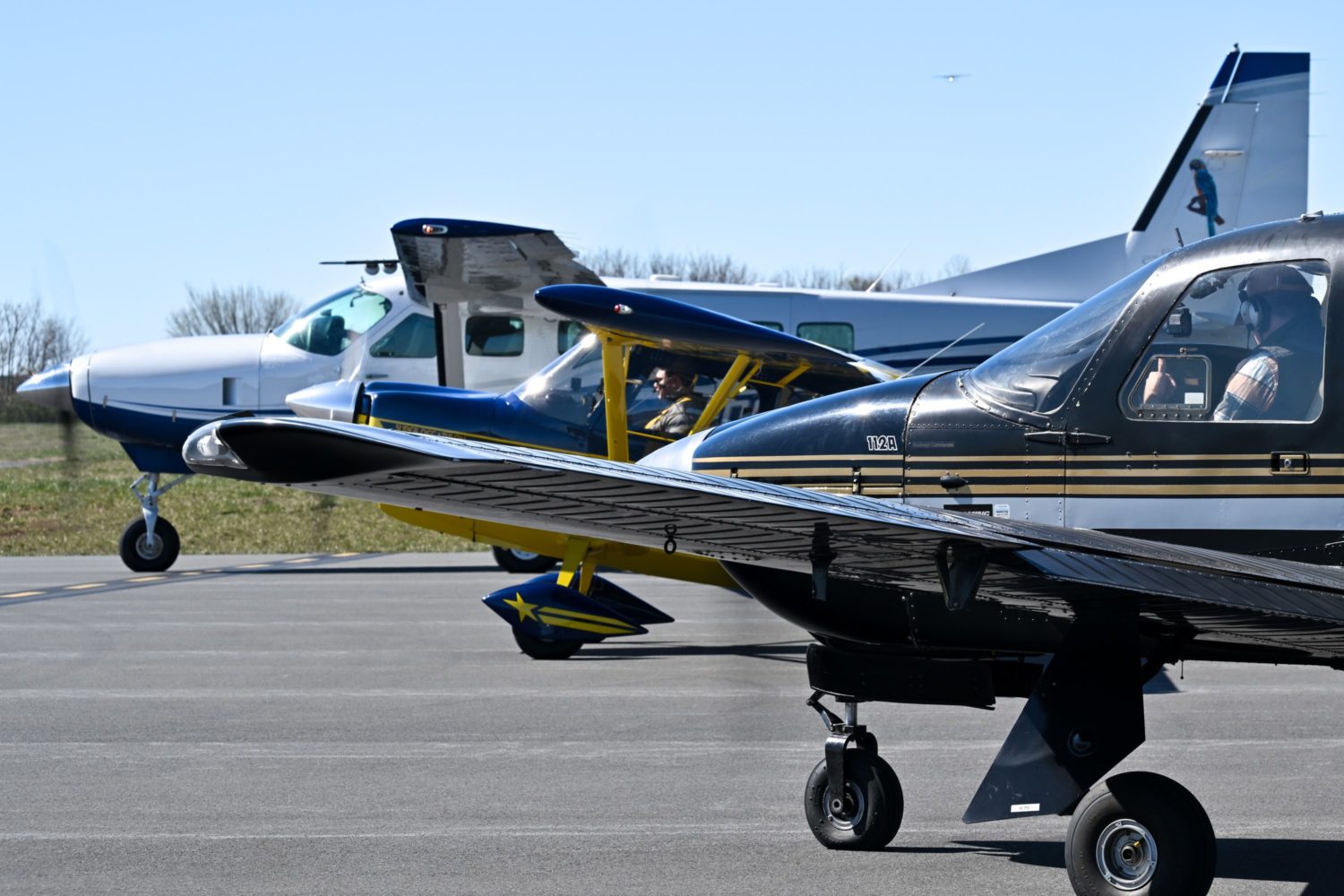The vultures are here, Washington. No, that’s not a joke about politicians, or lawyers, or the new administration, or whatever reflexive joke you’re not trying hard to suppress. I’m talking about scavenging raptors. Birds that tear dead flesh. Thermal-riding, broad-winged, great-sense-of-smell-having vultures.
On Thursday, no fewer than two stories hinted at the growing visibility of our vulture population. A small item in the Washington Post Local Living section’s “Animal Watch” feature relayed that a woman in South Arlington called animal control “about vultures near a trash can and was informed that wildlife outside and behaving normally cannot be removed or relocated.”
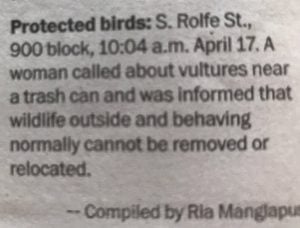
So what, you’re thinking. The only thing running wild on South Rolfe Street was that trash-can narc’s imagination. We’re talking about Arlington, not a Bugs Bunny cartoon!
Snigger while you can: On the very same day, vultures ruined an evening commute by “munching on some dead animal” by the side of the George Washington Memorial Parkway.
Washington has common species of vulture, says Peter Marra, the head of the Smithsonian Migratory Bird Center: the turkey vulture and the black vulture. “Both are native and appear to be increasing in abundance,” he tells Washingtonian in an email. “Not totally sure why but if I had to guess I would say it was related to all the deer….and deer carcasses and garbage we’re creating.”
“Your inquiry is an example of now little people know about the common wildlife around them and how many people are progressively trying to distance themselves from the natural world,” says Mark Michael Ludlow of the shop For the Wild Birds in McLean, in an email. “Ignorance does not change the fact that we too are animals sharing the planet with other animals – animals that we are causing to have unnatural extirpation and extinction rates.”
Ludlow is 100 percent correct about my ignorance of the Washington region’s vulture culture. Just last March, two were spotted on K Street, Northwest. A flock of turkey vultures terrorized a Fort Washington neighborhood in 2013, knocking over trash cans, disgracing outdoor furniture, and just generally being bad neighbors. “We have a cookout, and you’ll see ’em coming in like an airplane,” a resident named Karen Mathews told WRC-TV at the time. Perhaps most embarrassing of all for vulture ignoramuses such as me, both the turkey vulture (Cathartes aura) and black vulture (Coragyps atratus) are featured in the National Museum of Natural History’s “Birds of DC” exhibit, which I have visited dozens of times without, it seems, learning that much.
Don’t make my mistake. Study up now on vultures. They’re here. Their population may be growing. And if so, we’re going to see a lot more of them.

